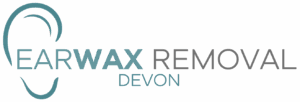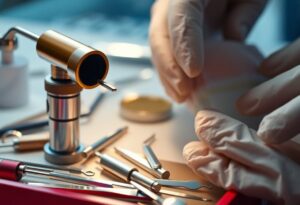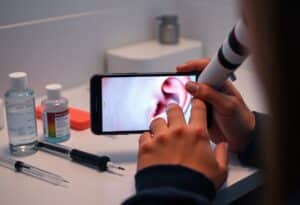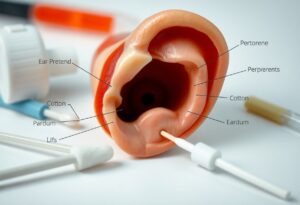It’s necessary to understand how earwax affects the performance of your hearing aids. Proper maintenance and care can ensure that your devices function optimally and last longer. In this blog post, you will find expert tips from audiologists on managing earwax buildup and protecting your hearing aids, allowing you to enjoy clearer sound and improved communication.
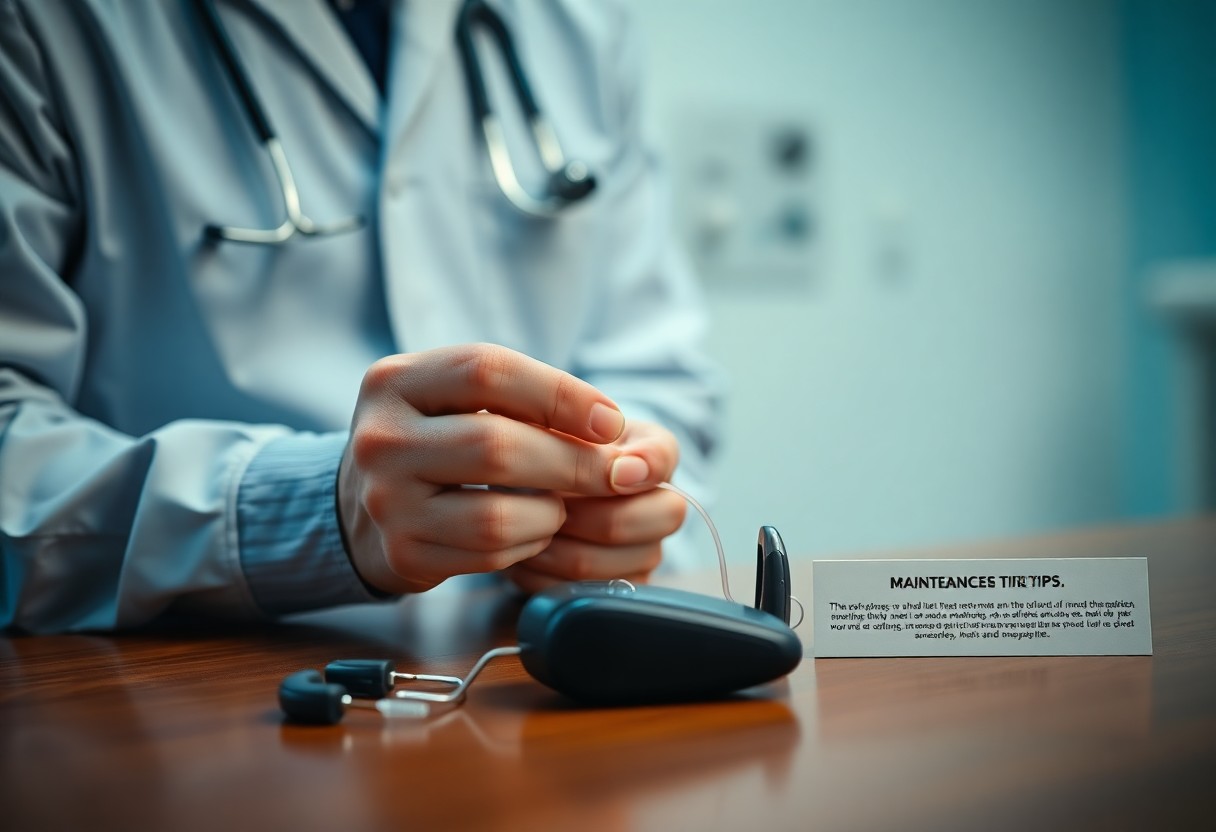
Key Takeaways:
- Regularly clean hearing aids and earwax filters to ensure optimal performance.
- Consult an audiologist for professional earwax removal if you’re experiencing blockage.
- Avoid inserting objects into the ear canal to prevent damage and excessive buildup.
The Intriguing Role of Earwax
The Natural Function of Earwax
Earwax, or cerumen, plays a vital role in your ear health by trapping dust, debris, and microorganisms. It also provides lubrication to the ear canal, preventing dryness and itchiness. This natural barrier protects against infections and helps maintain overall auditory well-being.
Types of Earwax and Their Significance
There are two main types of earwax: wet and dry, each influenced by genetics and environmental factors. Wet earwax tends to be sticky and can facilitate the cleaning process within the ear, while dry earwax is flaky, often associated with lower levels of vital lipids. Both types indicate different traits in ear canal health and hygiene practices.
| Type of Earwax | Characteristics |
|---|---|
| Wet | Sticky, moist, can aid in self-cleaning |
| Dry | Flaky, results from lower lipid levels |
| Honeycomb | Mixed texture, indicates potential ear canal health issues |
| Scaly | Often seen in individuals with eczema |
| Black/Brown | Indicates old earwax; less likely to pose health risks |
Understanding the types of earwax can help you assess potential ear health concerns. Wet earwax often indicates active ear cleaning, while dry earwax may require closer attention to maintain hygiene. Specific conditions like eczema may present unique earwax characteristics needing special care. Regular checking can lead to proactive ear health management.
- The identification of different earwax types can guide you in maintaining your ear health.
| Significance | Cues for Maintenance |
|---|---|
| Active secretion | Monitor for cleanliness; adjust cleaning routine |
| Dry conditions | Use moisturizing drops if necessary |
| Health indicators | Watch for unusual color or odor |
| Genetic predisposition | Tailor ear hygiene habits accordingly |
| Potential blockage | Seek professional cleaning if needed |
- The significance of these characteristics lies in their impact on your overall ear health management.
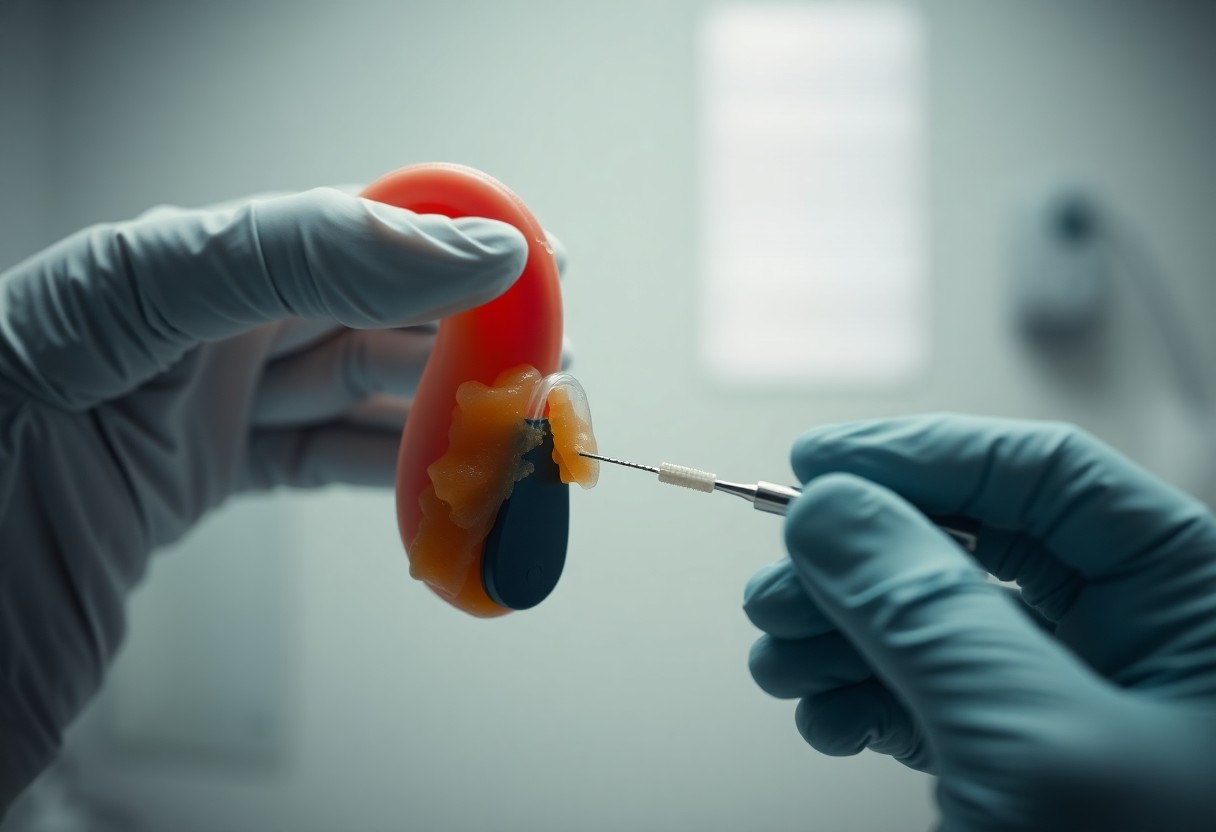
The Impact of Earwax on Hearing Aids
How Earwax Interferes with Hearing Aid Function
Earwax can obstruct the microphone and receiver components of your hearing aids, significantly reducing sound quality. When wax accumulates, it creates a barrier that muffles sounds, making it difficult for you to hear clearly. This interference can often lead to frustration and the perception that your hearing aids are malfunctioning.
Common Issues Caused by Earwax Build-Up
Accumulated earwax can lead to a range of issues such as feedback noise, decreased amplification, and even complete blockage of sound. In some cases, you may notice frequent disruptions or a distorted audio experience due to improper functioning caused by wax intrusion.
Feedback noise occurs when sound escapes from your hearing aid and re-enters the microphone, often exacerbated by earwax obstruction. Decreased amplification means that sounds might become quieter or distorted because the wax dampens sound transmission. In extreme cases, blockages can render the devices entirely ineffective, prompting the need for cleaning or replacement. Regular maintenance is vital to prevent these issues and ensure your hearing aids work optimally.
Professional Insights: Audiologist Recommendations
Routine Maintenance for Hearing Aids
Your hearing aids require consistent maintenance to function at their best. Regularly clean the outer casing with a soft cloth and use a specialized brush to remove any earwax buildup from the speaker and microphone areas. Additionally, replace wax guards and filters as recommended by the manufacturer, which can enhance sound quality and prevent damage. Storing your devices in a dry, cool place when not in use also helps to prolong their lifespan.
Recognizing When to Consult an Audiologist
Consider scheduling a visit to your audiologist if you notice unexpected changes in sound quality, discomfort while wearing your hearing aids, or a decrease in clarity during conversations. These symptoms could indicate that adjustments or repairs are necessary.
A sudden or gradual change in hearing can signal the need for a professional evaluation. If your hearing aids seem less effective, it might not just be a matter of earwax buildup, but rather an underlying issue with your hearing or the devices themselves. Audiologists can conduct comprehensive tests to assess your hearing and provide tailored solutions, ensuring your devices deliver optimal performance. Ignoring these signs may lead to further complications or adjustments that could have been easily resolved with timely professional input.
Best Practices for Earwax Management
Safe Cleaning Techniques for Ears
Use a soft washcloth to gently clean the outer part of your ears during your regular shower routine. Avoid using cotton swabs, as they can push wax deeper into the ear canal and cause blockages or damage. If you feel a buildup of wax, consider using ear drops specifically designed to soften earwax or consult your audiologist for professional removal options.
Recommended Frequency of Ear Examinations
Regular ear examinations are vital for monitoring your ear health and ensuring optimal hearing aid performance. For most individuals, an annual visit to your audiologist is advisable, particularly if you use hearing aids, as they are at higher risk of wax buildup that can affect sound transmission.
Individuals with a history of excessive earwax buildup may need to schedule more frequent appointments, typically every six months. Those experiencing changes in hearing, discomfort, or any ear-related issues should seek evaluation sooner. Tracking your ear health will help maintain the effectiveness of your hearing aids and prevent further complications.
The Gadgets and Tools for Ear Hygiene
Must-Have Tools for Cleaning Hearing Aids
Cleaning your hearing aids effectively requires specific tools that help maintain their functionality. A soft-bristled brush is crucial for removing dirt and debris without damaging delicate components. A wax pick or loop allows you to gently dislodge earwax buildup from the speaker ports. Additionally, using a microfiber cloth ensures you wipe down the exterior without scratching the surface, preserving your devices’ professional appearance and performance.
Innovative Solutions for Earwax Prevention
Innovative products designed to prevent earwax accumulation are becoming increasingly popular. For example, earwax guard systems can be integrated into hearing aids, offering a barrier that inhibits wax from reaching sensitive components. Additionally, silicone ear plugs can be worn during activities that might lead to excessive wax production, further enhancing your listening experience without regular cleaning interruptions.
Several companies have introduced ear hygiene devices that feature ultrasonic waves to dislodge wax safely or specialized vacuum systems to extract it painlessly. These tools offer a modern solution to earwax management, ensuring that your hearing aids operate at their best while promoting optimal ear health. Regular use of these innovative products can dramatically reduce the frequency of earwax-related maintenance, allowing for a more hassle-free hearing experience.
Debunking Myths About Earwax and Hearing Aids
Common Misconceptions About Earwax
Many believe that earwax is solely a nuisance or that it signifies poor hygiene. In reality, earwax, or cerumen, plays an vital role in protecting your ears. It traps dust, debris, and microorganisms, preventing them from reaching deeper into the ear canal. This natural barrier helps maintain a healthy ear environment, and excessive cleaning can lead to irritation or infections.
The Truth About Earwax Removal Products
Various earwax removal products flood the market, claiming to offer quick fixes for excessive wax buildup. However, many of these solutions can be harmful or ineffective. Using cotton swabs, ear candles, or harsh chemical solutions often pushes earwax deeper into the ear canal, potentially causing blockages or damage. It’s advisable to consult an audiologist for safe and effective earwax removal options.
Popular products like ear drops may soften earwax but don’t guarantee complete removal. Audiologists recommend using saline or mineral oil solutions as safer alternatives, but these should not replace professional cleaning. If you have frequent earwax buildup, consider scheduling regular check-ups with a professional who can safely evaluate and manage your ear health without risking injury to the delicate structures within your ears.
Long-term Care Strategies for Hearing Aids
Maintaining Optimal Performance Over Time
Regular servicing of your hearing aids can significantly enhance their performance. Schedule check-ups with your audiologist at least once a year to assess the devices, addressing any minor issues before they escalate. Consistently replace batteries and keep your aids clean to prevent dirt and earwax build-up. Consider using a hearing aid dehumidifier nightly to remove excess moisture, which can affect the inner electronics and extend the life of your devices.
Adapting to Changes in Ear Health
Your ear health can change over time due to various factors, including age and medical conditions. Be attentive to any shifts in your hearing ability, as these may indicate that your hearing aids require adjustments. Frequent consultations with your audiologist will help ensure your devices are calibrated to match your current hearing needs and that your ear canal is healthy.
Changes in ear health can also manifest as discomfort or fluctuations in sound quality. If you notice these symptoms, schedule an appointment to have your hearing examined and your aids tested. Audiologists can provide fine-tuning or recommend new settings based on your evolving hearing profile. Utilizing features like wireless connectivity may also enhance your experience, allowing easier adaptations to variable environments. Regularly updating your devices ensures you benefit from advancements in technology tailored to your hearing needs.
The Future of Ear Health Technology
Emerging Innovations in Hearing Aids
Next-generation hearing aids are incorporating advanced technology such as artificial intelligence, which adapts sound settings based on your environment. Features like real-time translation and health monitoring capabilities provide enhanced user experience and support overall well-being. The advent of 3D printing technology is also revolutionizing custom-fit solutions, ensuring more comfortable and personalized devices for your specific ear shape.
Advances in Earwax Management Solutions
Recent developments in earwax management include innovative methods like softening ear drops and vacuum-assisted removal systems, designed to minimize discomfort and maximize efficacy. These tools not only facilitate easier removal but also lower the risk of ear injury during the process. With a greater emphasis on patient comfort, these solutions are proving to be safer and more effective than traditional methods.
Moreover, several companies are researching the use of biofeedback mechanisms that alert you about excessive earwax buildup. This proactive approach allows for timely intervention, helping to prevent hearing aid complications and maintain your ear health. As technology evolves, expect more refined options that prioritize both effectiveness and comfort, transforming your experience in managing earwax and optimizing hearing health significantly.
Summing up
Conclusively, proper maintenance of your hearing aids is crucial to ensure optimal performance and longevity. Regularly cleaning your hearing aids to remove earwax buildup and keeping them stored in a dry environment can significantly enhance their functionality. Additionally, consulting your audiologist for personalized advice tailored to your specific needs will help you maintain your devices effectively. By following these tips, you can ensure that your hearing aids continue to provide you with the best auditory experience possible.
FAQ
Q: How often should I clean my hearing aids to prevent earwax buildup?
A: It is recommended to clean your hearing aids daily, especially after wearing them for long periods. Regular cleaning helps prevent earwax accumulation and maintains device performance.
Q: What is the best way to clean earwax from my hearing aids?
A: Use a soft, dry cloth or a designated cleaning tool to gently remove any visible earwax. Avoid using water or cleaning solutions, as they can damage the electronic components.
Q: Can earwax damage my hearing aids?
A: Yes, excessive earwax can clog microphones and speakers, affecting sound quality and potentially leading to permanent damage if not addressed promptly.
Q: Should I avoid using hearing aids if I have a lot of earwax?
A: It is advisable to consult with your audiologist if you have excessive earwax. They can recommend removal options to ensure your hearing aids function properly without discomfort.
Q: What can I do to minimize earwax production while using hearing aids?
A: Maintaining proper ear hygiene, staying hydrated, and using over-the-counter ear drops can help manage earwax levels. Consult your audiologist for personalized recommendations as well.
